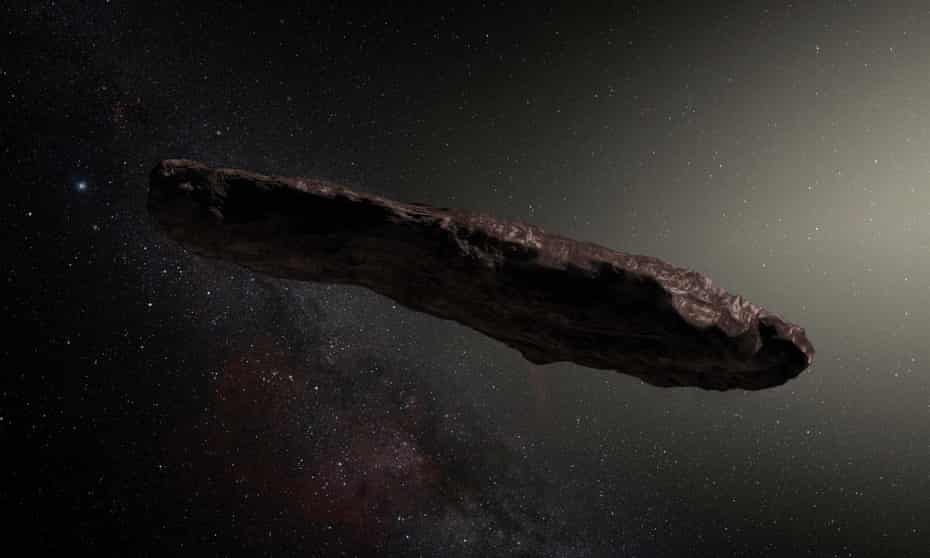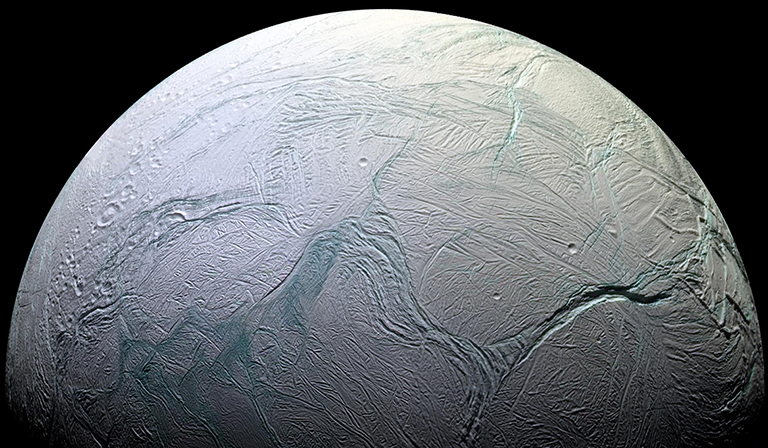
In 2017, a small, long object between 100 and 1,000 meters in length and between 35 and 167 meters in height and width passed through the inner solar system with a trajectory and speed only possible if it originated from beyond our solar system. This object, now known as ‘Oumuamua, is one of the first discovered to have an interstellar origin, and exhibited many unusual characteristics we have yet to explain.
‘Oumuamua passed inside of Mercury’s orbit, then traveled within 0.17 astronomical units of Earth (1 AU is the distance from Earth to the Sun) before taking a trajectory leading it outside of the solar system. When traveling away from the Sun, ‘Oumuamua’s speed increased by an amount typically indicative of comet outgassing. However, no such outgassing was observed. ‘Oumuamua also exhibited an atypical tumbling motion for objects with a high length-to-width ratio. These unusual characteristics, along with its abnormal elongated shape, have led some to theorize that the object was constructed by aliens, however most experts deem this to be very unlikely. Regardless, ‘Oumuamua is a fascinating object both in its characteristics and its extrasolar origin, and is perhaps among the first of many interstellar objects to be discovered.















